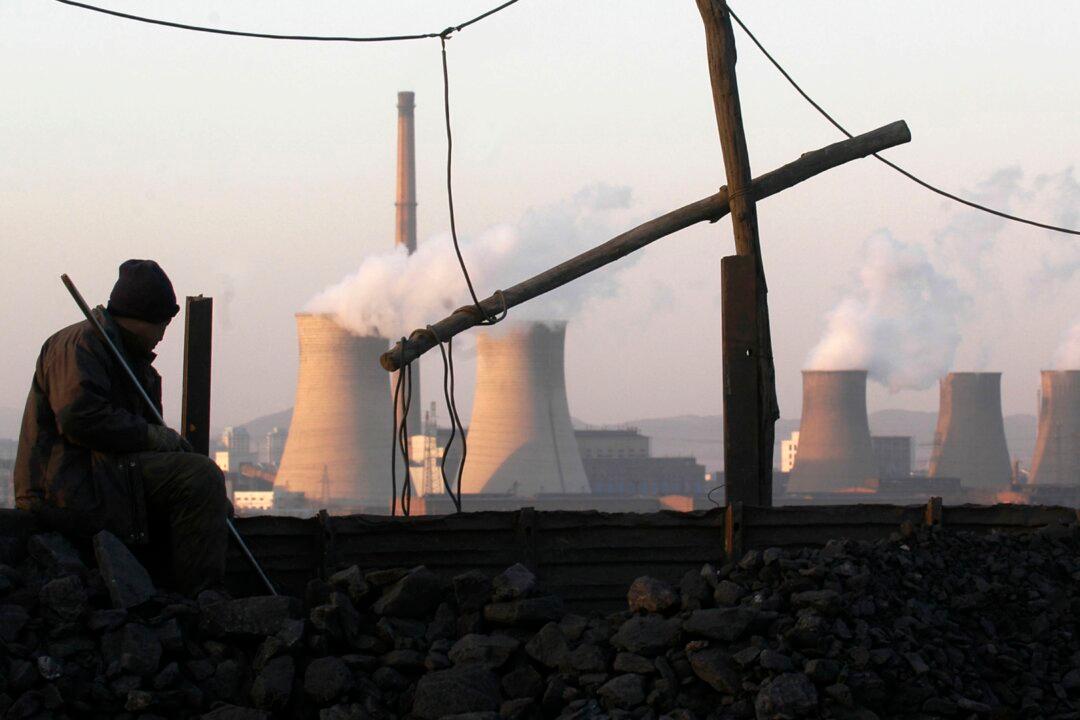As people in northeastern China grow increasingly dissatisfied with the central government’s neglect of the region’s economic development, authorities are worried that mass protests could soon break out, according to an insider.
The insider, who requested anonymity in order to speak freely, formerly worked for a senior official at the Chinese Communist Party’s United Front Work Department (UFWD). The agency is in charge of persuading Chinese people domestic and abroad to agree with the Party’s policies and maintain the Party’s rule.





